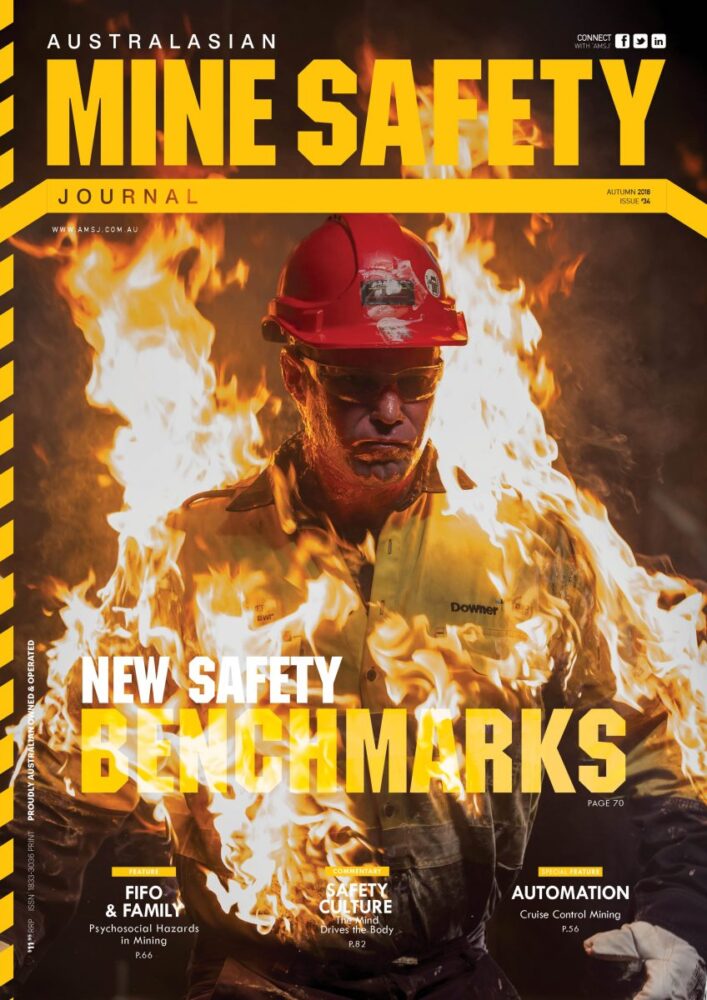By Clive Gray; General Manager Director – Australian Diversified Engineering
Automation is the latest trend in mining with the ‘cruise control’ setting for many processes now increasingly becoming popular. Many experts say automation is here to stay but as technology continues to evolve, what does this change actually mean to the future of Australian mining?
As an engineering company that’s core business is around innovating new, time saving and indeed often automated devices for the resources industry we have seen a definite increase in demand as more companies are seeing the benefits that come from automated equipment on site. Companies are trialling driverless trains, robotic drilling amongst many other automated solutions with a view to increasing safety and of course ultimately reducing costs. The use of robotic devices and remote-controlled equipment continue to provide safer and more efficient ways of operating but a less discussed and also very important advantage is that it can also often be the more environmentally friendly option.
It is reasonable that some in the industry are concerned about the impact of automation on future job prospects in what has long been considered a booming industry. However, it is possible for automation to be applied to select processes to add value to the work being achieved whilst still using our skilled workers to ensure these technologies are being implemented correctly and safely. Like many others in the industry, we are using these technologies alongside manned equipment and vehicles to enhance human work, as opposed to replacing it.
We now use a Spray Zone automation technology as a part of our spray suite that allows us to geo-fence a mine’s network of haul roads with various water application rate zones. What this technology does is extend the safety of our employees by removing the hazard to water truck operators introduced by incorrectly selecting water application rates. The information needed to operate the Spray Zone is gathered from haul road material audits, where we use friction mapping to determine appropriate water application rates. The use of this particular automation component does currently require manpower. A person is needed to manage the haul road material audits and update the water application rate’s geo-fence as the mine’s network of haul roads change. However, as mines embrace the use of driver-less mobile equipment our Spray Zone is set for the transition.
Naturally, the growth of automation will change the mining industry’s employment landscape but this change does still require a strong human backing to be effective. It’s definitely not a matter of suddenly replacing thousands of workers with robots overnight. I expect these changes will be introduced over a long period of time in quite an organic way, as opposed to seeing major job cuts. I don’t believe total and complete automation is the way of the future but as autonomous mining grows, there will be a need for people to upskill to maintain this integration.
Just as the introduction of spreadsheets didn’t destroy accounting jobs, automation certainly won’t destroy mining jobs, it will simply change them. Although we will see some roles being replaced with automation technologies we will also see the expansion of new tech related departments within the mining industry, which is exciting.














Add Comment